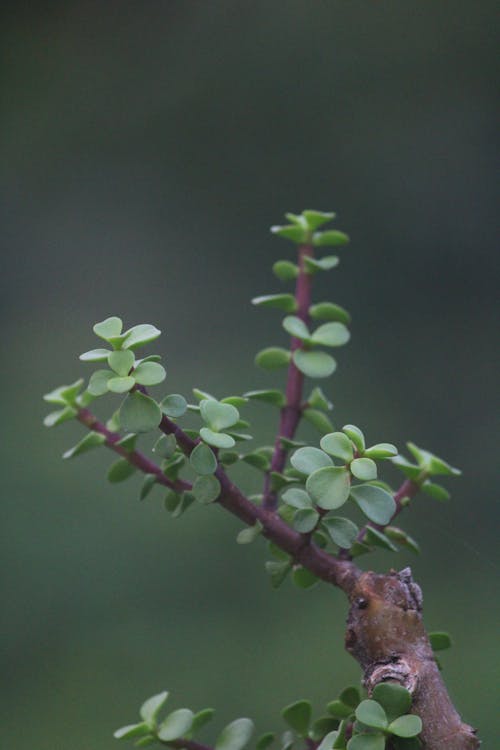
Background and history of the Portulacaria afra
Share
The Portulacaria afra has a rich history and plays an important role in its natural habitat. It grows in dry, rocky areas of South Africa and is often found near savannahs and deserts. Its ability to store moisture in its thick leaves and stems allows it to survive in extreme conditions, making it a symbol of resilience and perseverance.
In South Africa, the elephant plant is known as “spekboom” and is often used as a food source for both animals and humans. Elephants like to eat the leaves, which is where the plant gets its nickname. The leaves have a slightly sour taste and are rich in vitamin C. Traditionally, in some communities, they are even used as an ingredient in salads or as a medicinal plant to aid digestion.
The Portulacaria afra is not only a popular houseplant and garden plant, but also an environmentally friendly choice. Research has shown that it can absorb large amounts of carbon dioxide, helping to combat climate change. This makes it an important ally in the quest for a more sustainable world.
With its ease of care, versatility and eco-friendly qualities, the Portulacaria afra is a plant that will delight both experienced and novice plant lovers. Whether you are looking for a stylish houseplant or a sustainable addition to your garden, the elephant plant is an excellent choice.
